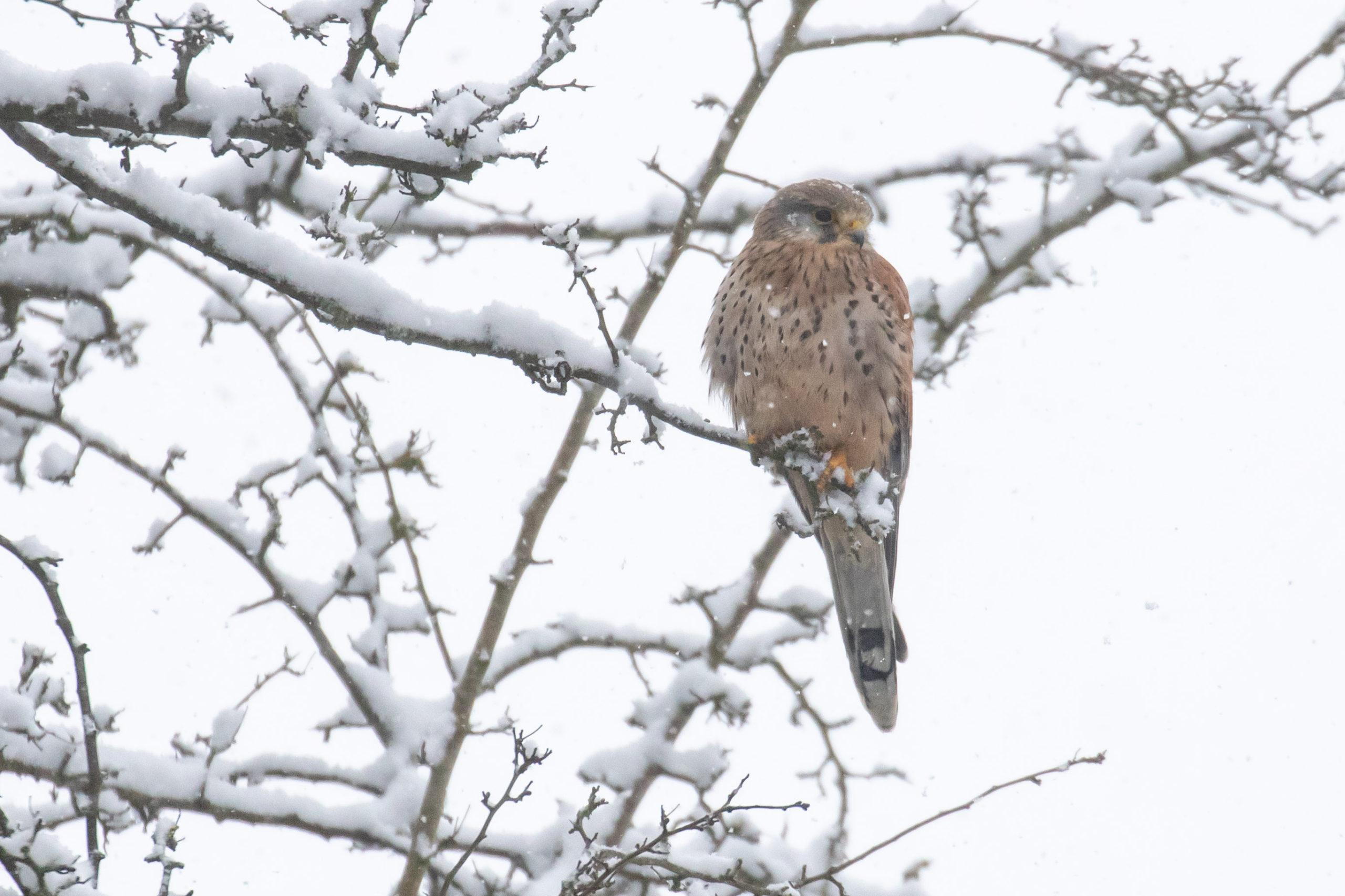The winter of 2020-21 will forever be associated with the covid pandemic. But as we emerge from the grimmest winter this country has faced since the Second World War, we should also remember that this winter has been the coldest in the UK since 2010. The early part of the year saw snow in the Lye Valley and Warneford Meadow:

Cold weather can also force some bird species to move in large numbers to find easier feeding grounds. There was a significant movement of Lapwings across Oxfordshire and Buckinghamshire on 13th February, including the first Lapwings recorded over the Lye Valley. Isaac West counted 165 on that day, all moving south-west, to escape the cold weather:

The resident birds were forced to try to survive the freezing temperatures, including this roosting Tawny Owl and the Jay, below:


But despite the temperatures, increasing daylight also stimulated birds to begin breeding behaviour. There was a singing Blackcap in Boundary Brook on January 23rd in temperatures well below zero, the earliest recorded singing warbler in the Lye Valley area. This was almost certainly a lingering wintering bird from central Europe that was inspired to sing, rather than one of our breeding birds, which in late January should still be in Spain. We await the return of these birds in late March and early April, when the valley will be filled with their song:

Other unusual winter-singers, included two Redwing in song on Southfield Golf Course on 6th March:

This winter has been very good for small finches, with small numbers of Lesser Redpolls present and up to 50 Siskin in the Lye Valley, including this male.

By early March many bird species were in song or demonstrating territorial breeding behaviour. The display flight of Stock Doves could often be seen, flashing their iridescent neck feathering:

This Long-tailed Tit was gathering lichen from tree branches to begin nest-building:

Up to three male Great Spotted Woodpeckers could be heard drumming:

These two male Pheasants spent a morning displaying to each other on the golf course:

Early Spring is also characterised the overhead migration of waterbirds. The usual Canada and Greylag Geese have both been recorded in March, but far less expected was this flock of 7 Goosander, seen flying over Warneford Meadow on 8th March:

With spring in the air and birds on the move, the next six weeks could be one the most productive periods of bird migration in the whole year. After the long cold winter and the covid pandemic, we need some spring days, warm temperatures and hopefully, some superb spring migration over the Lye Valley and Warneford Meadow.
